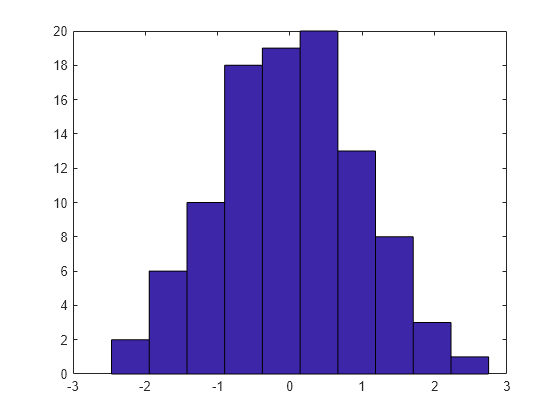lhsnorm
Latin hypercube sample from multivariate normal distribution
Description
X = lhsnorm(mu,sigma,n)X containing a Latin hypercube sample of size
n from a multivariate normal distribution with mean vector
mu and covariance matrix sigma. The size of
X is n-by-d, where
d is the size of mu. X is
similar to a random sample generated from the multivariate normal distribution (see
mvnrnd), but lhsnorm adjusts the marginal
distribution of each column so that its sample marginal distribution is close to its
theoretical normal distribution.
Examples
Input Arguments
Output Arguments
Tips
lhsnormrequires the covariance matrixsigmato be symmetric. Ifsigmahas only minor asymmetry, you can use(sigma + sigma')/2to resolve the asymmetry.
References
Version History
Introduced before R2006a
